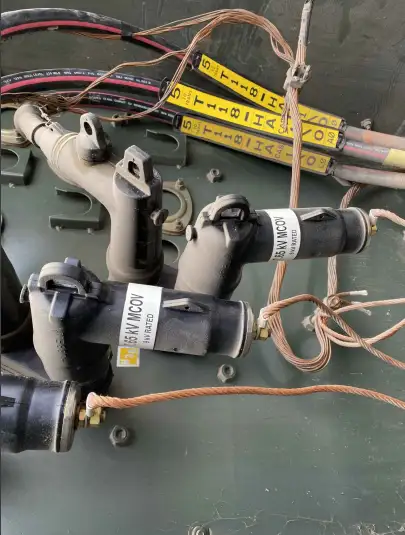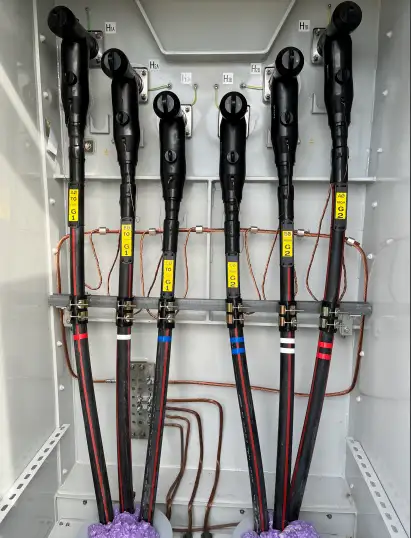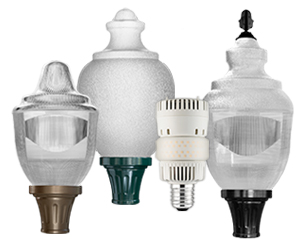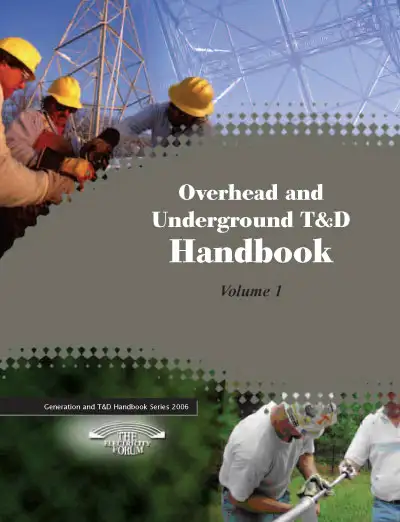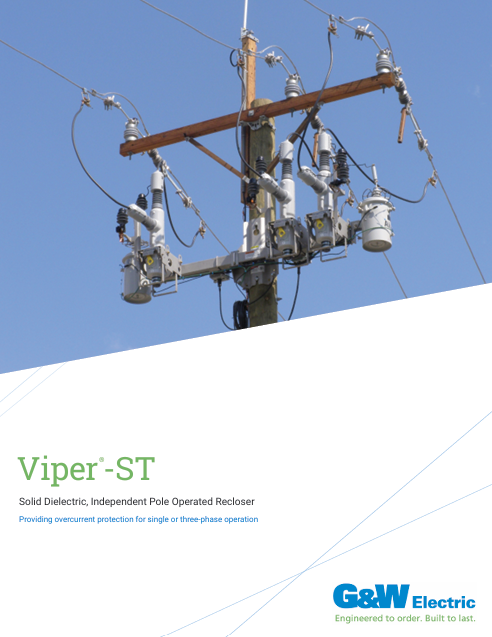Transformer Cooling
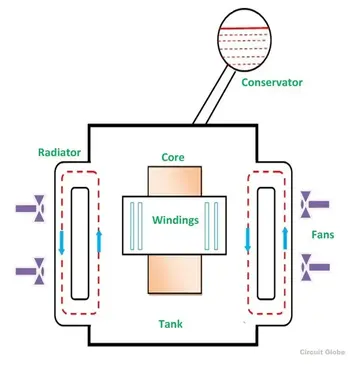
A little energy lost in a transformer must be dissipated as heat. Although this energy is but a small portion of the total energy undergoing transformation, it becomes quite large in amount in transformers of larger kVA ratings. To maintain efficiency and life expectancy the transformer's cooling system needs to be operating at peak performance. For dry-type transformers, the ventilation system of the room should be inspected to make sure it is operating efficiently. For forced air-cooled systems, the fan motors should be checked for proper lubrication and operation. Water-cooled systems must be tested for leaks and proper operation of pumps, pressure gauges, temperature gauges and alarm systems.
When a liquid coolant is used its dielectric should be tested. Water in the coolant will reduce its dielectric strength and the insulation quality. In cases where the dielectric strength of the coolant is reduced significantly, conducting arcs may develop causing short-circuits when the transformer is energized. A standard oil dielectric test involves applying high voltage to a sample taken from the transformer and recording the voltage at which the oil breaks down. If the average breakdown voltage is less than 20 kilovolts, the oil will need to be filtered until a minimum average breakdown of 25 kilovolts is achieved.
Oil-insulated transformers use mineral oil for cooling. This oil is thin enough to circulate freely and does a good job of providing insulation between the transformer windings and the core. It is however subject to oxidation and if any moisture enters the oil, its insulating value is substantially reduced. In addition, mineral oil is flammable and therefore should not be located near combustible materials indoors or outdoors.
There are several types of transformer oil cooling solutions:
- oil air
- forced oil
- oils water
- oil natural
- air forced
- heated oil
- oil forced
- natural
Outdoor liquid-cooled transformers usually use mineral oil, and liquid cooled transformers for inside use are filled with a synthetic liquid that is nonflammable and nonexplosive. Synthetic oil coolants must be handled with care as they sometimes cause skin irritations. One type, askarelinsulated transformers used in past years contained polychlorinated biphenyls (PCBs), which are known to cause cancer. Askarel has been banned by the Environmental Protection Agency and its use as a transformer coolant is being phased out. However, askarel coolants are still found throughout the electrical industry in older transformers and direct contact with them should be avoided. The NEC still contains provisions for installing askarel transformers. The following is a list of the different types of liquid-filled transformers recognized by the NEC:
- Oil-Insulated--uses chemically untreated insulating oil
- Askarel—uses nonflammable insulating oil
- Less-Flammable Liquid-Insulated--uses reduced flammable insulating oil
- Nonflammable Fluid-Insulated--uses noncombustible liquid
On-Site Training
Interested in cost effective, professional on-site electrical training?
We can present an Electrical Training Course to your electrical engineering and maintenance staff, on your premises, tailored to your specific equipment and requirements. Click on the link below to request a Free quotation.
EF PARTNER MEDIA
Product Showcases
Shared Media



